
POPULAR DESTINATIONS
1) SINGAPORE

Singapore is a city-state in Southeast Asia. Founded as a British trading colony in 1819, since independence it has become one of the world's most prosperous countries and boasts the world's busiest port. Combining the skyscrapers and subways of a modern, affluent city with a medley of Chinese, Malay and Indian influences and a tropical climate, with tasty food, good shopping and a vibrant night-life scene, this Garden City makes a great stopover or springboard into the region. Some of the main attractions for tourists in Singapore are city centre with magnificent lighted buildings, temples, gambling in two great casinos, food, entertainment parks and annual festivals. Singapore is also a medical tourism centre of Southeastern Asia. Singapore is in fact one of the most enjoyable cities in Southeast Asia. As you zoom in from one of the world's best airports along the lushly tree-shaded expressway. And as you stroll through the fashion emporiums of Orchard Rd, poke around antique shops in Chinatown or take a walk around one of the dozens of beautiful city parks, you'll know the city bears no comparison to crime- and poverty of neighboring countries. You can be drinking and dancing until dawn in the city's pubs and clubs, or sipping a cocktail surrounded by the colonial elegance of a Raffles Hotel veranda. There's no law that says an Asian city can't be well run. It may have been a long and difficult haul from swampy colonial outpost and notorious den of vice to powerhouse industrial nation, but those who say that Singapore has lost its soul along the way couldn't be more wrong. Few cities in Southeast Asia can boast Singapore's fascinating ethnic brew. Where else in the world can you dip into the cultures of China, India and Muslim Malaysia all in one day, against a backdrop of ultra-modern Western commerce? Not only has Singapore's history of migration left a rich cultural and architectural legacy that makes wandering the streets an absorbing delight, it has created one of the world's great eating capitals. If there's one thing more stylish than the bars and restaurants, it's the boutiques that have made Singapore a byword in Asia for extravagant shopping. Away from the Gucci and Louis Vuitton onslaught of Orchard Rd, however, there are bargains to be found on everything from clothes to electronics - and a range of art and antique shops that few Asian cities can match. But Singapore is not all about shopping and eating. Nor is the notion of Singapore as completely urbanized anything more than popular myth. Adventure activities include diving with sharks at Underwater World on Sentosa, mountain biking around Bukit Timah, leopard-spotting at Singapore Zoo's magical Night Safari, waterskiing or wakeboarding on the Kallang River, go-karting and rock climbing. And if you want to retreat from civilization completely, the centre of the island retains large tracts of forest where the only sound you can hear is the monkeys swinging through the trees. In fact, Singapore is one of only two cities in the world that still retains a patch of primary rainforest, in the form of Bukit Timah Nature Reserve. It's a fascinating place - and a remarkable achievement. No-one is denying that Singaporeans have had to sacrifice some level of freedom in their island's rise from racially divided, resource-starved port town. But you get the feeling that if Western development aid had ever matched Singapore's strides in poverty reduction, education, infrastructure and health care, they'd be patting themselves on the back and saying that political freedom was a small sacrifice to make. Besides, it's not all strait-laced conformity. You don't have to look far to find echoes of the island's colourful, rakish past, or evidence of a thriving and creatively unfettered artistic community. Singapore's soul is alive and well - and it is unique.
JURONG BIRD PARK
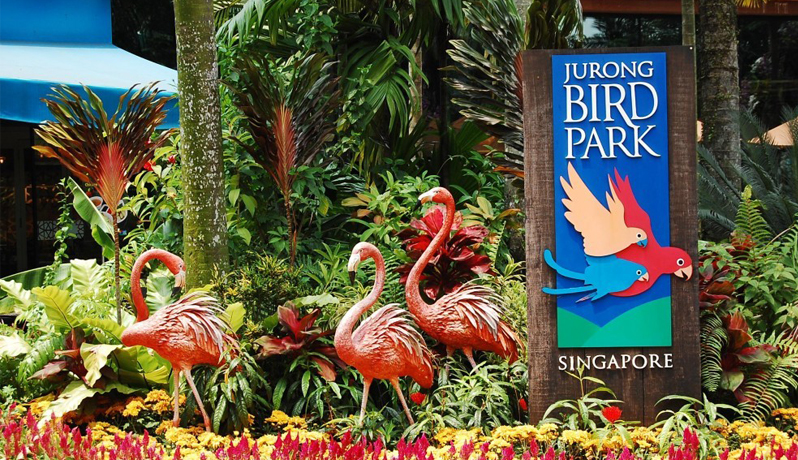
This ageing attraction is still popular with school kids, families and nature photographers. The Jurong Bird Park is home to 8000 birds -600 species, 30 of them endangered. Visitors walk through themed enclosures along 1.7km worth of trails: pelicans gawp at passers-by along a boardwalk, leggy pink flamingos stand proud by a lake, penguins nosedive through water in air-conditioned comfort and cutting through it all is the escapable scent of bird poop.
ORCHARD ROAD

Famous by name, Orchard Rd was once was lined with nutmeg and pepper plantations. Today it's the domain of Singapore's elite and well-heeled tourists, lured here by the shopping centres, nightspots, restaurants, bars and lounges. A showcase for the material delights of capitalism, Orchard Rd also possesses some sights of cultural interest where a credit card is not required.
LITTLE INDIA
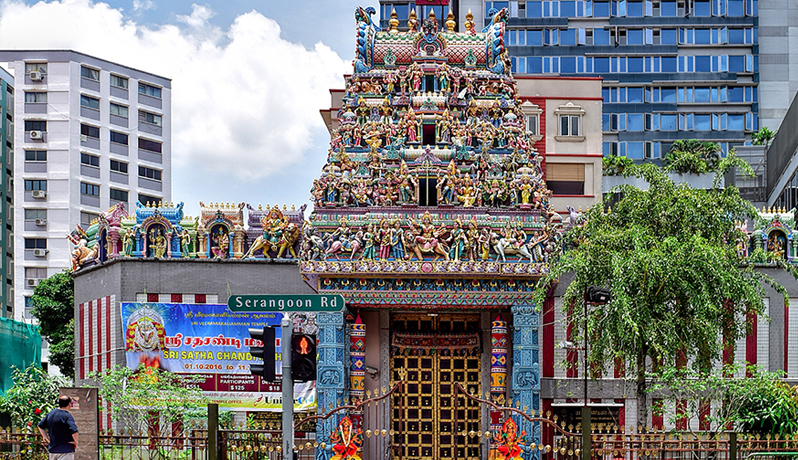
This modest but colourful area of wall-to-wall shops, pungent aromas and Hindi film music is a relief from the prim modernity of many parts of the city. Centred around the southern end of Serangoon Rd, this is the place to come to pick up that framed print of Krishna you've always wanted, eat great food and watch streetside cooks fry chapatis. The Zhujiao Centre is the main market, but there are also interesting spice shops nearby. The best temples are Sri Veeramakaliamman, Sri Srinivasa Perumal and the glitzy Temple of 1000 Lights.
BUTTERFLY PARK & INSECT KINGDOM

You'll be fluttered by more than 50 species of butterfly inside the Butterfly Park & Insect Kingdom. The Insect Kingdom museum has thousands of mounted butterflies, rhino beetles, Hercules beetles (the world's largest), scorpions, and other critters and varmints - kids stare wide-eyed while adults feign disinterest.
SINGAPORE ZOO
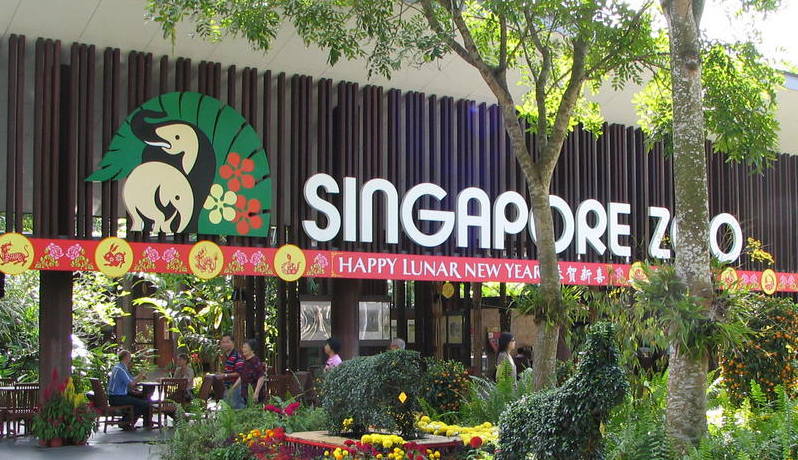
Set on a peninsula jutting into the Upper Seletar Reservoir, the Singapore Zoo is world class. Its 28 landscaped hectares and open concept (no cages) are a far cry from the sad concrete confines some zoos retain. The Singapore Zoo is one of the best in the world.
SINGAPORE FLYER
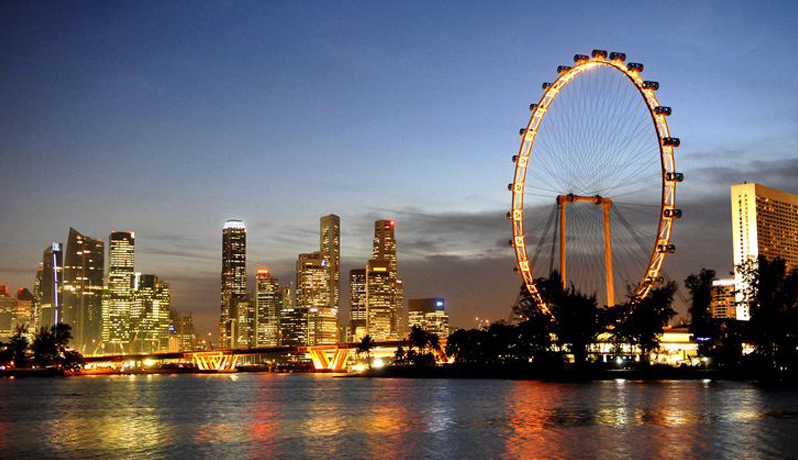
The Singapore Flyer is an expensive 30-minute ride with views towards the Colonial District, CBD, Marina Bay, the high-rise housing landscape to the east and out to the South China Sea. You're better off going on a clear day than at night, if only to avoid the annoying flashing neon lights outside the cabin
SINGAPORE BOTANIC GARDENS
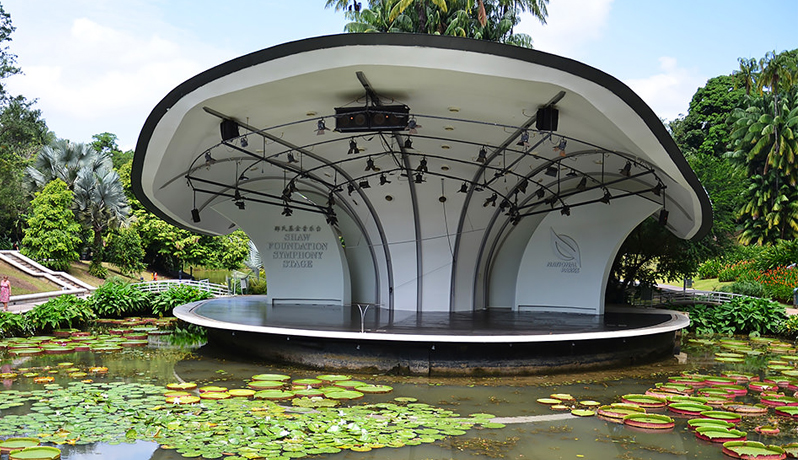
If Singapore's urban planners could manufacture paradise, it wouldn't look too different from the Singapore Botanic Gardens. The front entrance leads to an idyllic koi pond. On weekends, laughing children feed the multicoloured fish. Right behind, a waterfall gurgles and birds hop around the water's edge, at ease with the locals
NIGHT SAFARI
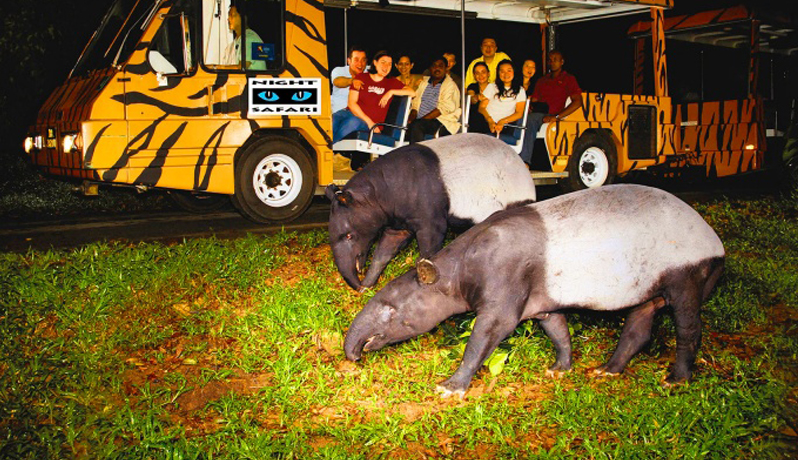
You can walk around the three trails in the 40-hectare forested park but the best experience is via the tram (adult/child S$10/5), even though we think it's a little cheeky (and greedy) that you have to pay for the atmospheric 45-minute jungle tour past a parade of 120 different spot-lit nocturnal species.
WINGS OF TIME
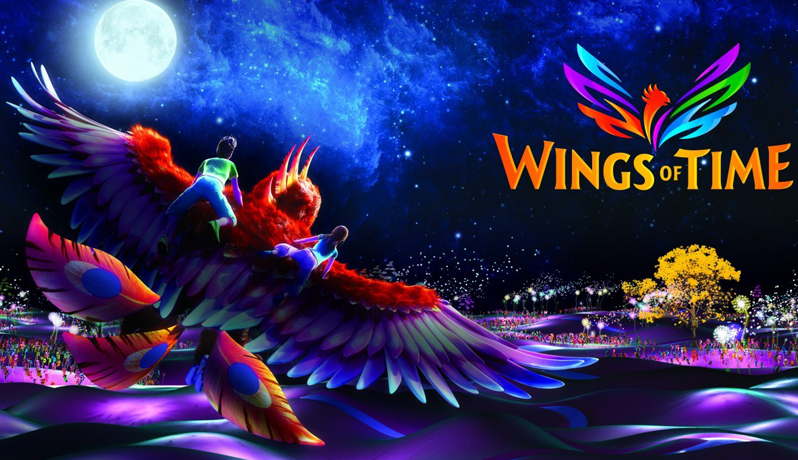
End your day at Sentosa with the Award Winning Outdoor Night Show (Wings of Time) in the world set against the majestic open sea. Be mesmerized by a multi-sensory presentation of water display, laser show, fire effects and spectacular music as you soar through space and time in a magical adventure.
UNIVERSAL STUDIOS
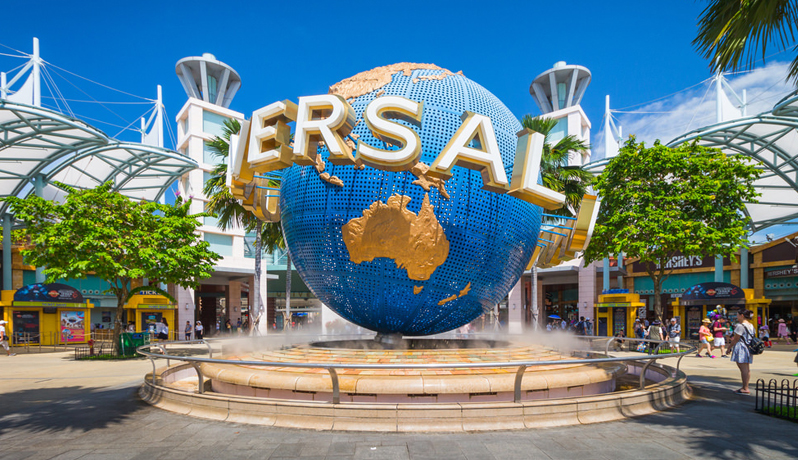
Universal Studios Singapore is a theme park located within Resorts World Sentosa onSentosa Island, Singapore. It was a key component of Genting's bid for the right to build Singapore's second integrated resort. It is the second Universal Studios theme park to open in Asia (Japan being the first), and the first in Southeast Asia. Universal Parks & Resorts markets the park as a "one-of-its-kind theme park in Asia" and promises that the park will be the only one of its kind in Southeast Asia for the next 30 years
2) THAILAND

Thailand, officially the Kingdom of Thailand and formerly known as Siam, is a country at the centre of the Indochinese peninsula in Southeast Asia. With a total area of approximately 513,000 km2 (198,000 sq mi), Thailand is the world's 50th-largest country. It is the 20th-most-populous country in the world, with around 69 million people. Thailand is a constitutional monarchy and has switched between parliamentary democracy and military junta for decades, the latest coup being in May 2014 by the National Council for Peace and Order. Its capital and most populous city is Bangkok. It is bordered to the north by Myanmar and Laos, to the east by Laos and Cambodia, to the south by the Gulf of Thailand and Malaysia, and to the west by the Andaman Sea and the southern extremity of Myanmar. Its maritime boundaries include Vietnam in the Gulf of Thailand to the southeast, and Indonesia and India on the Andaman Sea to the southwest.
AYUTHAYA
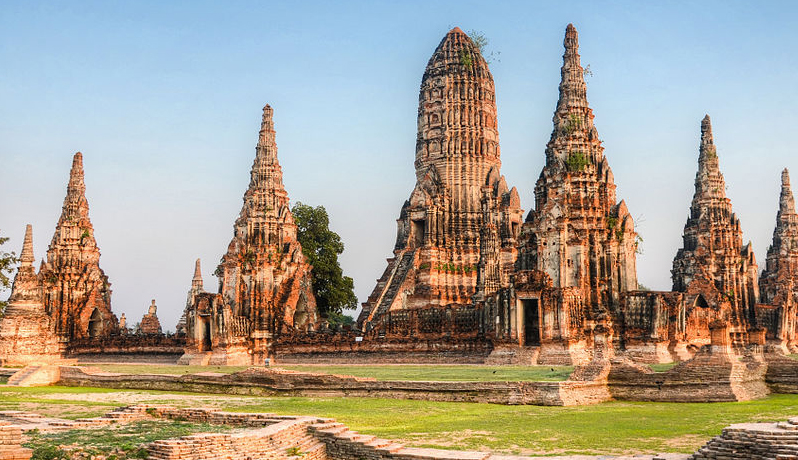
The sacred city, the sacked city, Ayuthaya is complexly intertwined with Thai nationalism and religion. Ayuthaya was the former royal capital. The city was named after Ayodhya (Sanskrit for 'unassailable' or 'undefeatable'), the home of Rama in the Indian epic Ramayana. Its full Thai name is Phra Nakhon Si Ayuthaya (Sacred City of Ayuthaya). A day trip gives a superb introduction to the architectural heritage of the ancient capital Ayutthaya. A thriving trade and political capital of Siam for over 400 years, Ayutthaya is filled with palaces, temples and religious monuments of great historical and cultural significance - even in their ruined state. It is fair to say that no study of Thai architecture or art is complete without a trip to this once glorious capital, which gave birth to the unique U-Thong style.
BANGKOK

Bangkok is the capital city of Thailand. Bangkok is one of the world's top tourist destination cities. With so much of life conducted on the street, there are few cities in the world that reward exploration as handsomely as Bangkok. Cap off an extended boat trip with a visit to a hid- den market. A stroll off Banglamphu's beaten track can end in conversation with a monk. Get lost in the tiny lanes of Chinatown and come face to face with a live Chinese opera performance. After dark, let the BTS (Sky- train) escort you to Th Sukhumvit, where the local nightlife scene reveals a sophisticated and dynamic city. Among Bangkok's well-known sights are the Grand Palace and major Buddhist temples, including Wat Phra Kaew, Wat Pho, and Wat Arun, to name a few. The Giant Swing andErawan Shrine demonstrate Hinduism's deep-rooted influence in Thai culture. Vimanmek Mansion in Dusit Palace is famous as the world's largest teak building, while the Jim Thompson House provides an example of traditional Thai architecture. Other major museums include the Bangkok National Museum and the Royal Barges National Museum. Cruises and boat trips on the Chao Phraya and Thonburi's canals offer views of some of the city's traditional architecture and ways of life on the waterfront.
CHIANG MAI
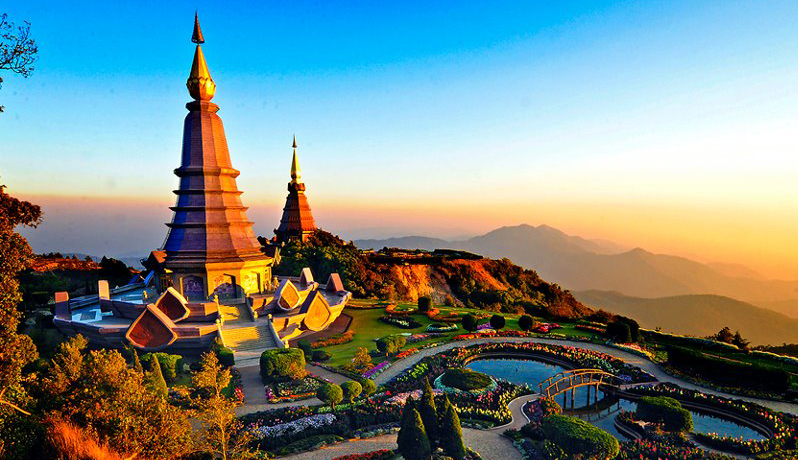
Including: Loi Krathong (known locally as Yi Peng): Held on the full moon of the 12th month in the traditional Thai lunar calendar, being the full moon of the 2nd month of the old Lanna calendar. In the western calendar this usually falls in November. Every year thousands of people assemble floating banana-leaf containers decorated with flowers and candles onto the waterways of the city to worship the Goddess of Water. Lanna-stylesky lanterns, which are hot-air balloons made of paper, are launched into the air. The sky lanterns are believed to help rid the locals of troubles and are also taken to decorate houses and streets. Songkran : Held in mid-April to celebrate the traditional Thai new year. Chiang Mai has become one of the most popular locations to visit for this festival. A variety of religious and fun-related activities (notably the good-natured city-wide water-fight) take place each year, along with parades and a Miss Songkran beauty competition. Chiang Mai Flower Festival : A three-day festival held during the first weekend in February each year, this event occurs when Chiang Mai's temperate and tropical flowers are in full bloom. Tam Bun Khan Dok, the Inthakin (City Pillar) Festival, starts on the day of the waning moon of the six lunar month and lasts 6-8 days
PATTAYA
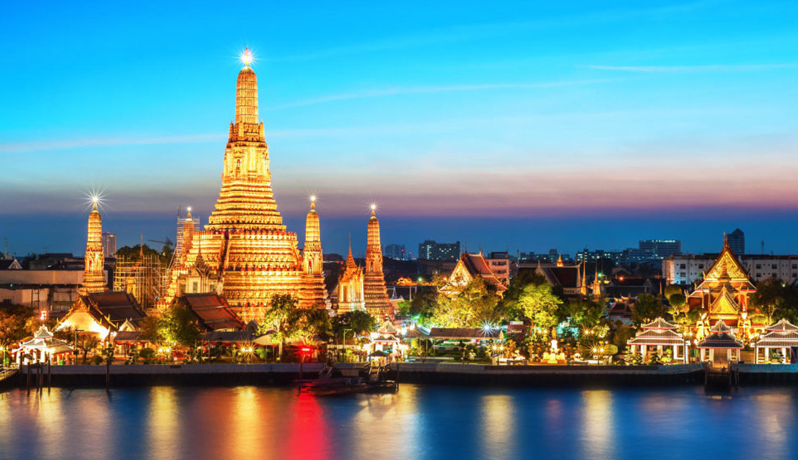
Pattaya's a stay up late kind of town, but wake up earlier than most and there are activities galore to redress your daytime/nighttime balance. Hit the dive shops to explore the city's offshore reefs and wrecks, or get some fresh air on world-class golf courses. And if you're here with the family, the kids will find plenty to do to make it a real holiday.
PHUKET
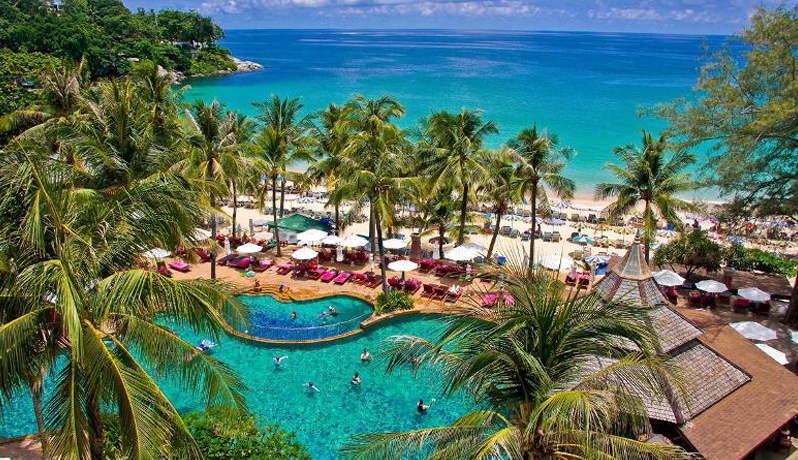
Phuket is Thailand's largest and most popular island, Phuket is as colourful as it is cosmopolitan and one of the world's most famous dream destinations. Phuket boasts some lush inland vistas, including a few remote swathes of rainforest on Ko Yao, but the island really comes into its own along its western shoreline, where hunter-green foliage meets the turquoise waters of the Andaman Sea. The mile upon sandy mile of coastline boasts tons of water sports, delectable restaurants and decadent resorts
PHI PHI
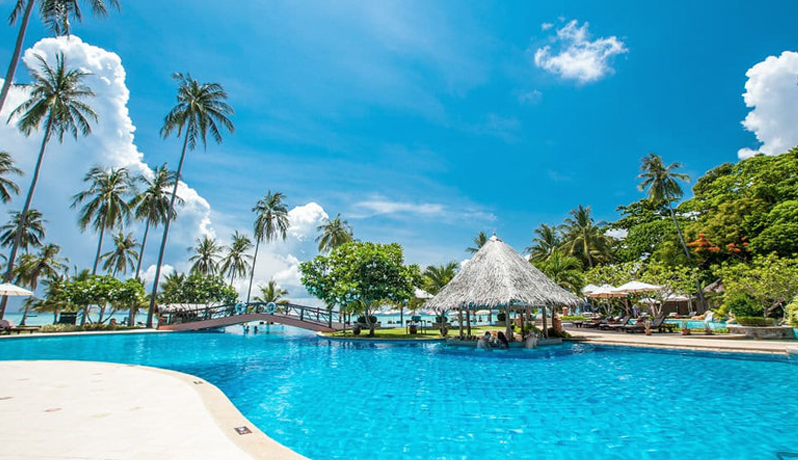
The Phi Phi Islands are located in Thailand, between the large island of Phuket and the western Andaman Sea coast of the mainland. The islands feature beaches and clear water that have had their natural beauty protected by National Park status. In the early 1990s only the most adventurous travelers visited the island, staying in only the most basic accommodation. Nowadays, however, the place has turned into one of the major destinations for visitors to Krabi. Ko Phi Phi is a popular place for diving and snorkeling, kayaking and other marine recreational activities.
KANCHANABURI
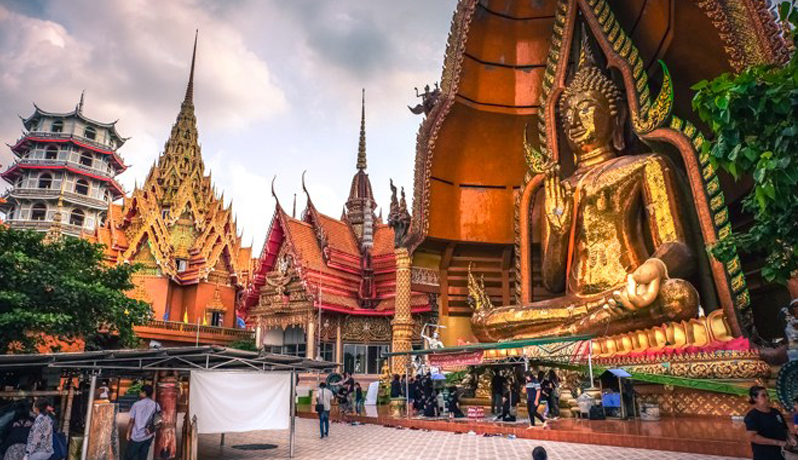
Kanchanaburi is a town in the west of Thailand and the capital of Kanchanaburi province. With field, forest and stream, Kanchanaburi has become a catch basin for new arrivals overwhelmed by Bangkok (a mere 130km east) and a closer alternative than Chiang Mai for Thailand's soft version of 'trekking' (elephant rides, short hikes and bamboo rafting). The town sits in a fertile valley where sugar-cane fields bow in the breeze, measuring out an easy pace. Kanchanaburi is famous for their temple caves, an underground communion of animistic spirit worship and traditional Buddhism.
KHAO LAK
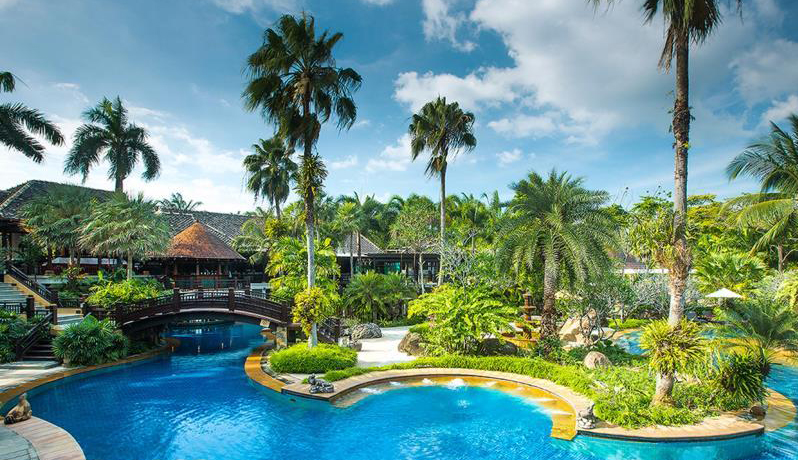
As the most practical base for exploring the Similan and Surin islands as well as the mainland wonders of Khao Sok and Khao Lak/Lam Ru National Parks, it's no wonder that the beautiful, bronze beach of Khao Lak has been experiencing a tourist gold rush in recent years. After the area's near total devastation from the Boxing Day tsunami and subsequent rebuilding, resorts have been flinging open their doors, tourists (especially divers) have been flooding in and new infrastructure has been laid down at a terrific rate
KO PHA NGAN

Ko Pha Ngan (or Koh Phangan, is an island in the Gulf of Thailand in South East Thailand, and located in Surat Thani Province. It is famous for its full moon party at Haad Rin Beach and as a backpackers destination. Ko Pha Ngan has two sister islands: the larger Ko Samui to the south and the smaller Ko Tao to the north.
KO SAMUI
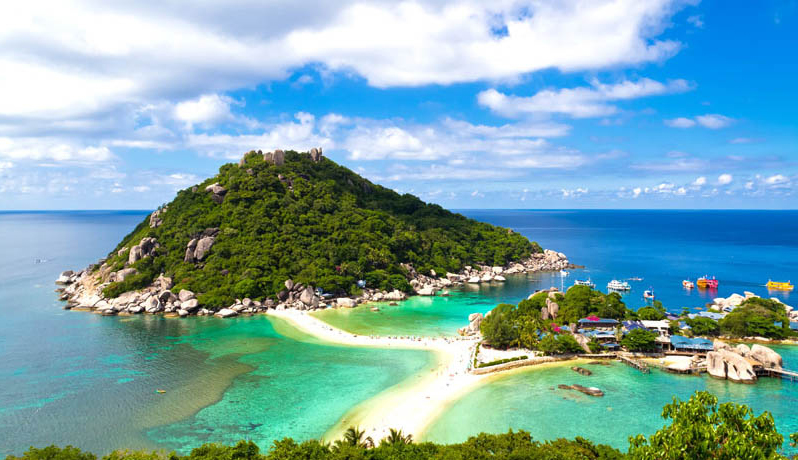
Ko Samui , often called just Samui is an island in the Gulf of Thailand. Ko Samui is a fairly big island. The most popular and commercialised beaches are Chaweng and Lamai, while the northern beaches and their adjacent villages of Mae Nam, Bophut, Bang Rak and Choeng Mon are more peaceful choices, and the west coast beaches are still comparatively quiet. Ko Samui is paradise - white-sand beaches with palms blowing in the wind and clear green seas sparkling in the sunlight, against a picture-perfect background of lush green hills and brown roads interspersed with rough wooden structures Hua Hin Krabi








